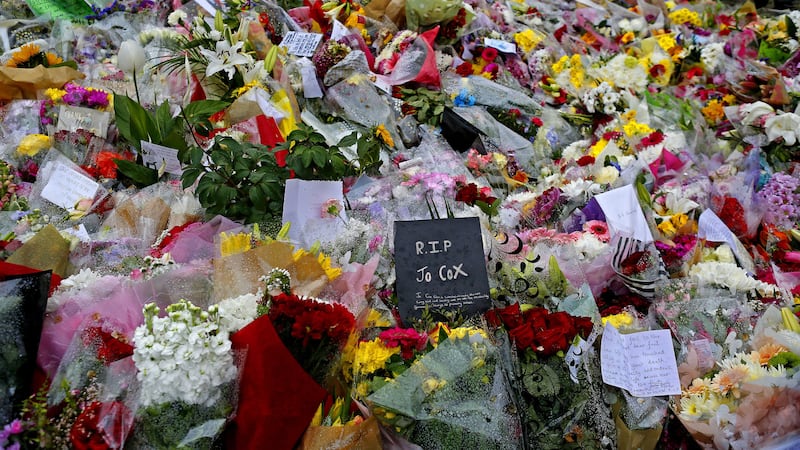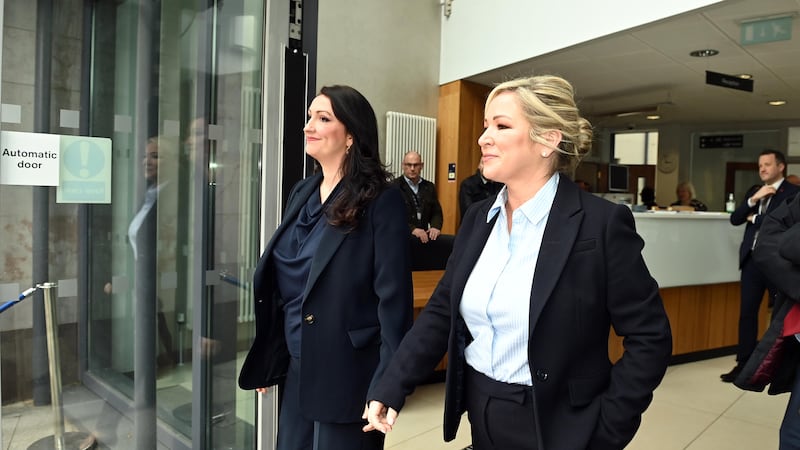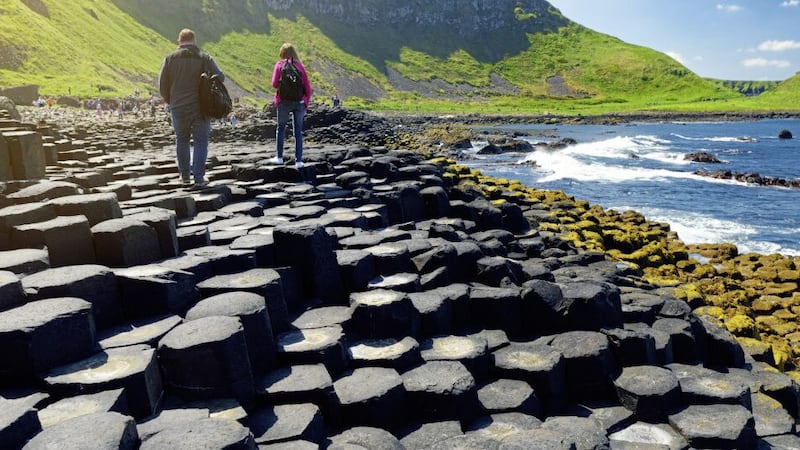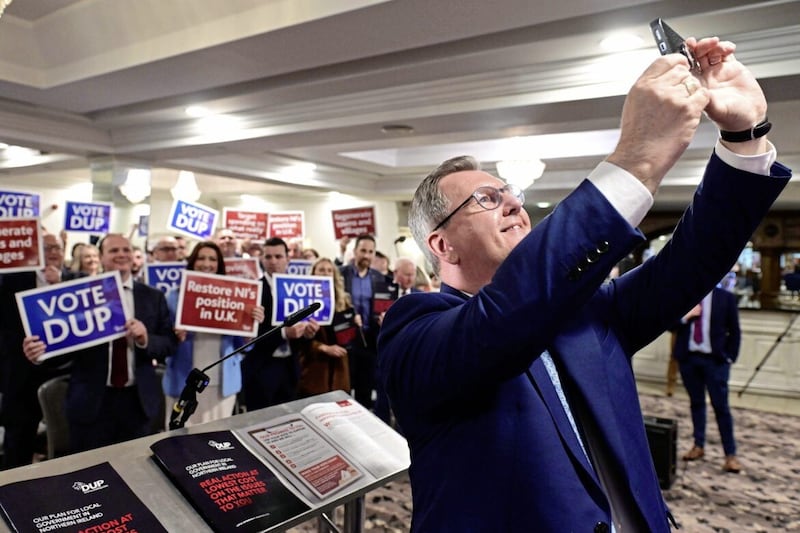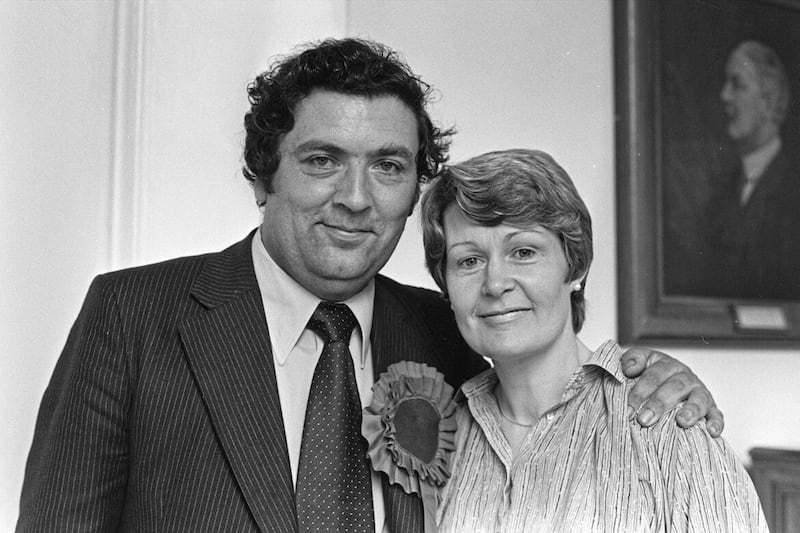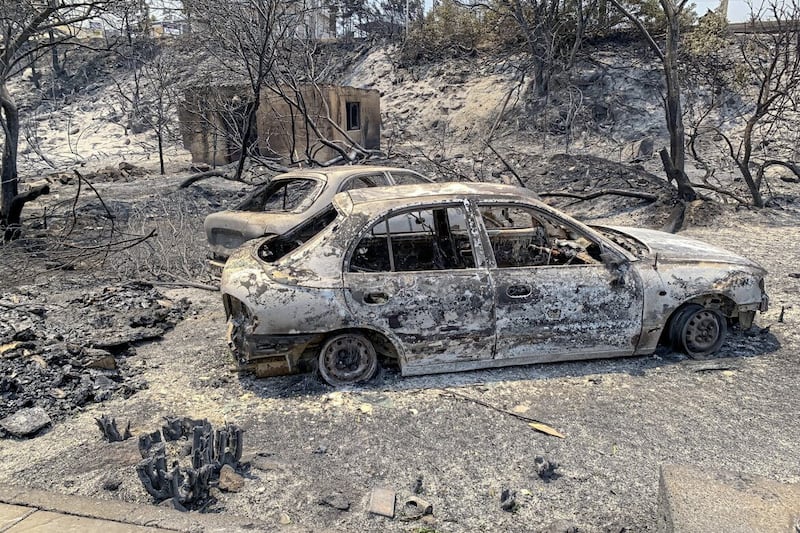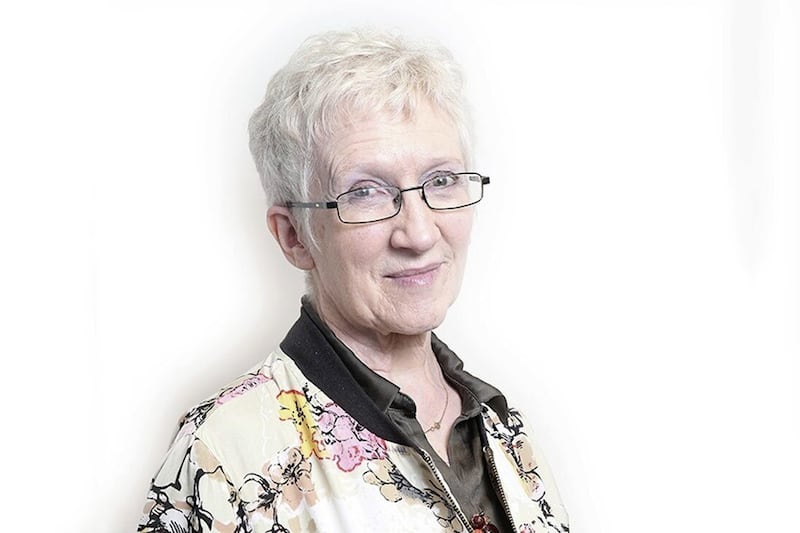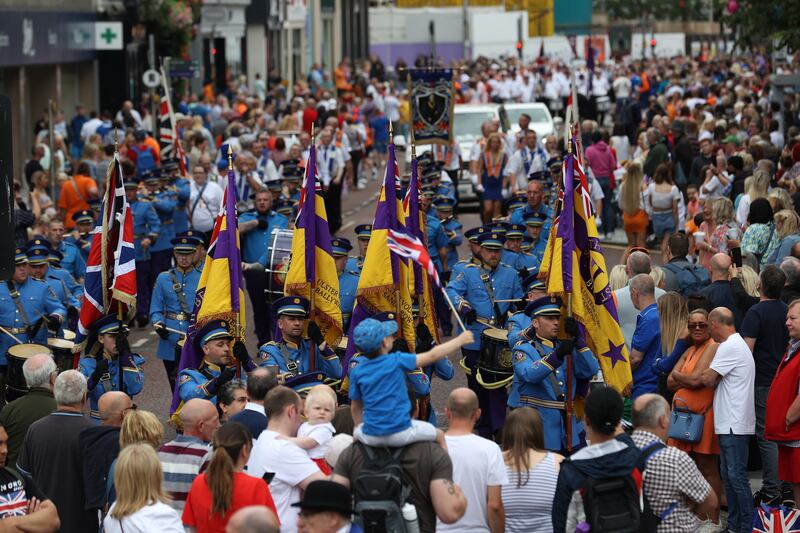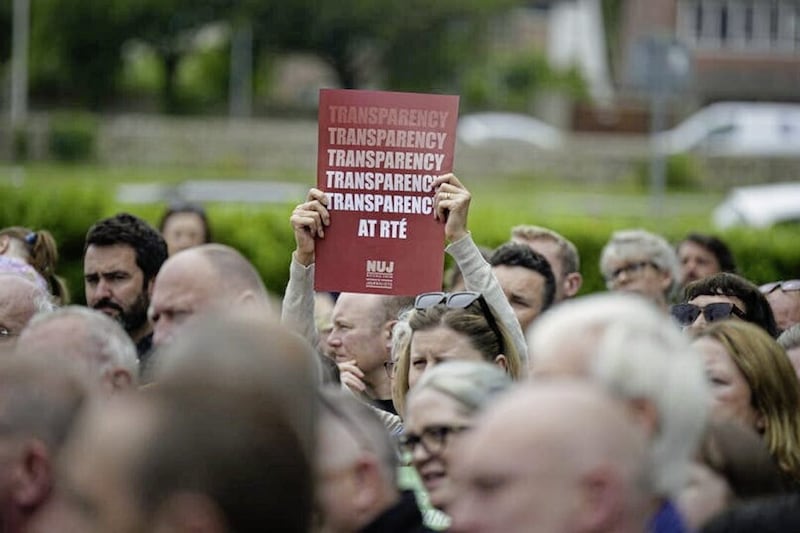LAST Thursday’s killing of Labour MP Jo Cox in a small Yorkshire town produced media reference to other politicians killed as ‘the string of killings that followed that of Airey Neave (1979).’
That excluded the Official IRA’s victim Jack Barnhill, Dublin senator Billy Fox, killed by the IRA, and the loyalist killing of SDLP senator Paddy Wilson.
But then by and large political figures on smaller stages than Westminster killed here during the Troubles – and others caught in the same attacks – escaped the British public.
There has been much discussion of how the ‘nastiness’ of recent British politics, with special reference to the EU referendum debate, may have influenced the climate in which Jo Cox died, in which politicians attract hate that can turn violent.
The ‘nastiness’ of politics here has been generally recognised for a long time.
This far into comparative peace, politics is still visibly and audibly a stage full of mistrust and mutual dislike between the political players themselves, attracting yet more venom from the audience.
Two mindsets co-exist. Politicians are said to be ‘all the same, only out for themselves.’ The nastiness levelled at them is not always acknowledged as such.
That it might foment hatred to call them motivated by self-interest alone is not admissible by those who say it.
The nastiest are almost all anonymous inhabitants of internet-land, practitioners of the singularly badly-named ‘social media’ who have no internal, personal constraints and rarely face penalties.
What some political figures meet in terms of threat and abuse, though not remotely nice, might be measured now as less than terror.
During the decades when violence pushed politics to the side and made many despair it could ever be otherwise, people who identified themselves in public with political stances faced real, physical danger and death.
Many had homes and offices bombed or burned. Several died violently, others were badly injured – John Taylor, Bernadette McAliskey and her husband Michael, Gerry Adams.
All of this also crossed the border, as in the 1974 IRA killing of Billy Fox near Clones.
The year before, the UDA killed Belfast city councillor, SDLP Stormont senator and Gerry Fitt’s election agent Paddy Wilson, with a woman friend.
Wilson was the second representative of the (ineffectual and disregarded) Stormont upper house to die violently. Unionist Jack Barnhill, killed by the Official IRA in December 1971, was described by newspapers at the time as the first political assassination in the north since 1922.
For the avowedly non-sectarian Officials, the 65-year-old Protestant made a particularly contradictory target.
But as with a considerable share of Troubles bloodshed Wilson and Fox, unlike Barnhill, were probably not singled out as politicians.
The IRA denied killing Fox in what looked like an attempted arms burglary, though several men received long sentences as IRA members for his murder.
The prominent loyalist who admitted guilt for the deaths of Wilson, and 25 year old Stormont clerk Irene Andrews, said that for his UDA gang at the time ‘any Roman Catholic would have done’.
There was nothing random about the IRA targeting in 1981 of Unionist MP the Reverend Robert Bradford and unionist Stormont Assemblyman Edgar Graham in 1983, who had both called for tougher anti-IRA measures.
The Bradford killing was widely seen as an attempt to provoke a loyalist backlash and was followed by the killing of a number of Catholics in separate gun attacks.
Like the young woman stabbed and shot with Paddy Wilson, the 29-year-old caretaker at Bradford’s office, Kenneth Campbell, shot dead as the gunmen arrived, was irrelevant in the IRA scheme of things.
These are deliberately shortened and bare accounts, drawn from the heart-breaking chronicle of revenge, fanaticism, sectarian hatred, mistaken identity and murderous chains in the massive work Lost Lives - still being added to and in constant need of updating as new details emerge.
The LL ‘categories’ of victim show many others more at risk than political figures, from the 1,000 plus security force members to those much less memorialised except by their families; the 48 taxi-drivers, for example; 37 paramilitary ‘punishment’ victims; 36 security force suppliers.
Among the least publicly remembered is William Johnston (48), Armagh unionist councillor and member of the Police Authority, kidnapped by the IRA, taken across the border and back, found just north of the border in December 1972.
But then the death toll in that worst of years was higher than from 1991-99.
RIP Jo Cox, honourable practitioner of a trade that still needs courage.
